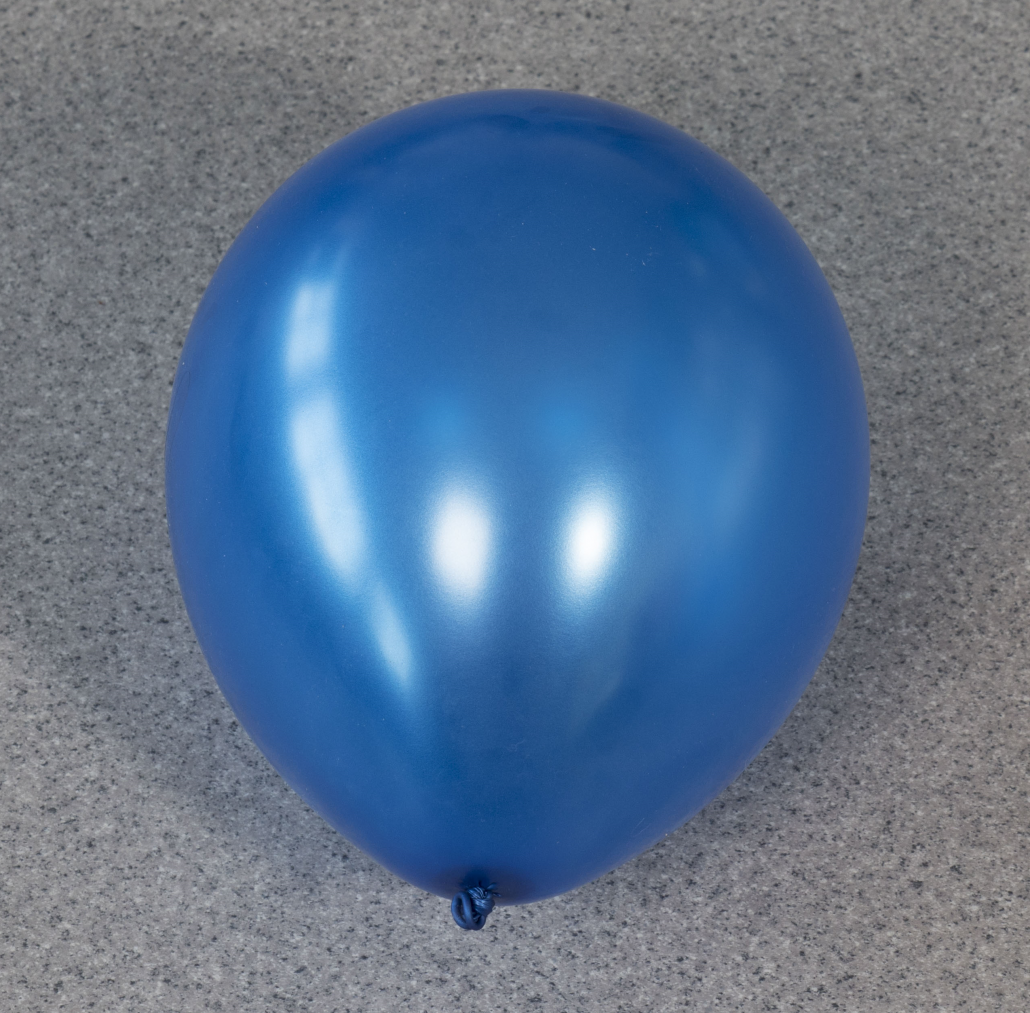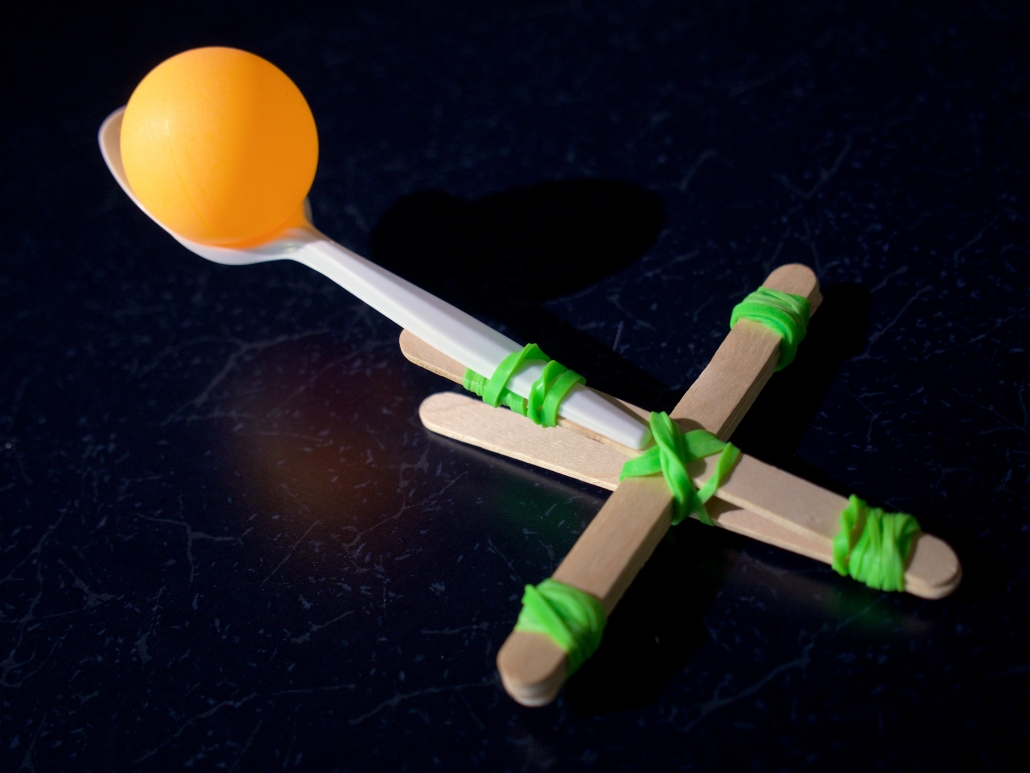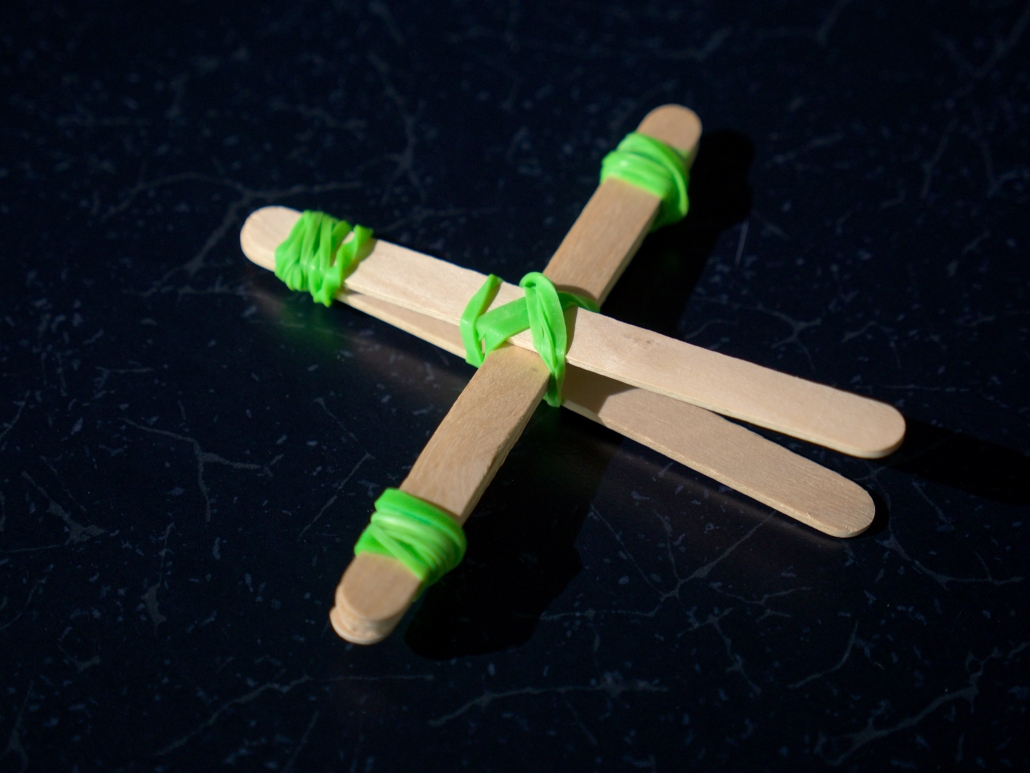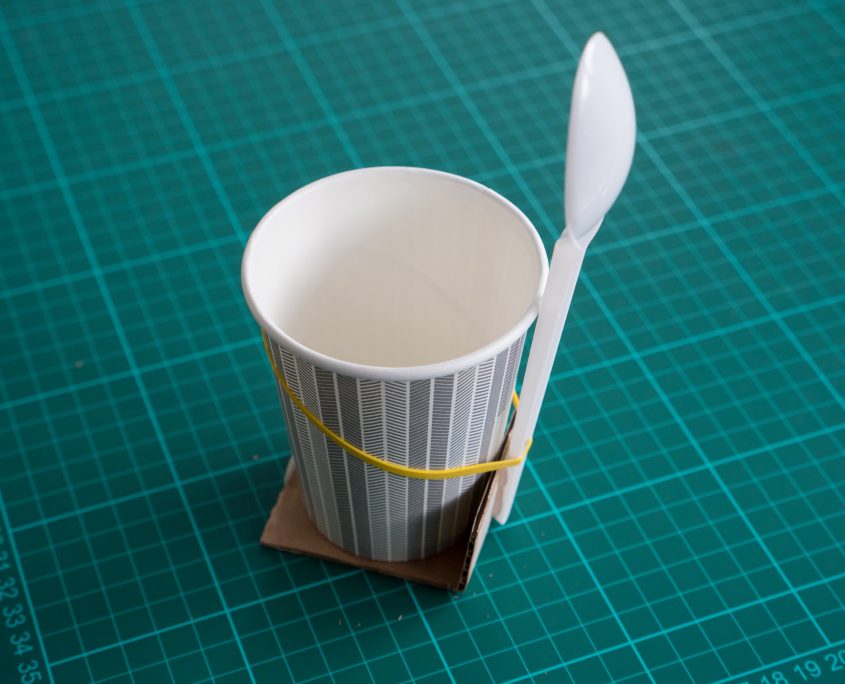What is an Aerospace Engineer?
Aerospace engineers design, build and maintain aircraft, spacecraft, satellites, and missiles. They may be involved in creating and testing prototypes, researching ways to make fuel efficient parts, developing navigation systems, or supervising the manufacture and maintenance of aircraft or spacecraft.
Attributes: creative, passionate, tenacious
Do try this at home: balloon engineering
To make a balloon rocket you need a balloon, a drinking straw, some tape and some paper or card to make the fins.
- Cut the end off your balloon and tape the opening around one end of your straw. make sure no air can escape between the balloon and the outside of the straw.
- Cut out three fin shapes and attach them to the other end of your straw. Make sure you leave enough room for your mouth to blow up the balloon.
- Blow up the balloon and let go!
What’s happening?
The balloon is moved forward by a force called thrust. This is a push that moves the balloon forwards. This comes from the energy of the balloon forcing the air out.
You could investigate these questions using your rocket:
Does the shape of the balloon (the round ones or the thin ones) change how far or how fast the balloon travels? Does the shape of the fins make a difference? What is the best shaped fin? What is the best material to use to make the fins?
If you have space in your house or garden, you could try making this rocket (click here for instructions).
Do try this at home:catapult engineering
Lolly stick catapult
- You will need 6 lollipop sticks and 4 elastic bands.
- Take four of the lolly sticks and place them on top of each other. Hold them together using an elastic band at each end.
- Using the two remaining lolly sticks, join them at one end using an elastic band. Put the stack of four lolly sticks in between them.
- Use the final elastic band to hold the stack in place. Your catapult is complete. Our simple catapult design fires table-tennis balls or (cheaper, but a bit gooey) marshmallows.
- The design can be modified using another elastic band and a spoon. You can also investigate how the position of the stacked sticks affects how well the catapult works.
How does it work?
The more force you apply to a catapult, the more force is applied in turn to the object being launched. More force means more speed and – you’d hope – more distance. If you make one of the catapults, you’ll find that pulling the lolly stick back harder shoots the projectile (the marshmallow) faster and further.
If you modify your catapult by adding a spoon, you can add more force by pulling the top of the spoon back further.
Build an awesome rubber band catapult
We’ve a whole page about our terrifically tinkerable table tennis ball mangonel design. It’s ridiculously easy to make the first version, then you can obsess for as long as you like over improvements to it.
Build a giant catapult
Despite its size, the giant catapult in this video is simpler. See the instructions here, and remember that the more force you apply to pull back the catapult elastic, the greater the force applied to the projectile, and the faster and further it will travel.








